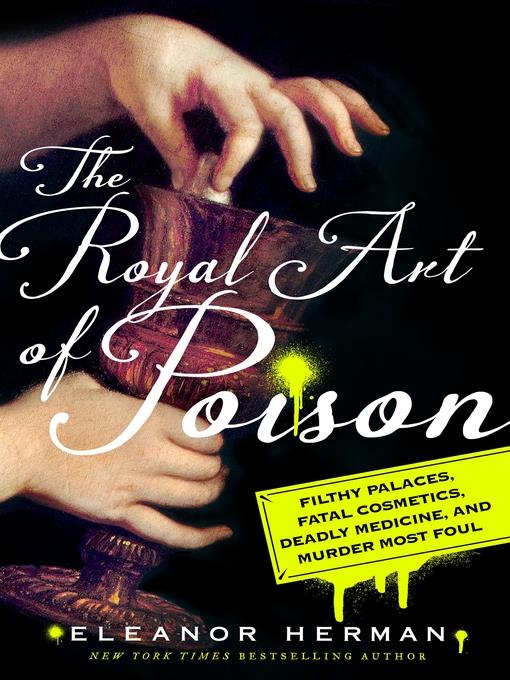
The Royal Art of Poison
Filthy Palaces, Fatal Cosmetics, Deadly Medicine, and Murder Most Foul
کاخ فیلتی، لوازم آرایشی مهلک، پزشکی کشنده، و مرگ بسیار زشت
کتاب های مرتبط
- اطلاعات
- نقد و بررسی
- دیدگاه کاربران
نقد و بررسی

May 28, 2018
History is rife with tales of poison, as Herman (Sex with Kings, Sex with Queens) shows in her rip-roaring pop history of the role poison played in the royal courts of Western Europe. She includes expected tales of nobles using poison as a means of political gain; more surprising are the great lengths that royals went through to avoid such fate. Louis XIV maintained a strict safety protocol in his dining chamber, requiring servants to test everything from toothpicks to tablecloths for any potential poisonous threat. According to Herman, Louis was not alone in his paranoia. The irony is that many nobles were unwittingly poisoning themselves with their medical treatments and beauty regimens. After a bout of smallpox in 1562, Queen Elizabeth regularly applied a concoction of “lead ore, vinegar... arsenic, hydroxide, and carbonate” to her skin in a misguided attempt to improve her complexion. In the 17th century, the gravely ill Henry, Prince of Wales, was treated with the blood of a freshly killed bird; this was a common practice at the time, according to Herman, who adds that often doctors would leave bird carcasses on the patient’s pillows for several days. By turns fascinating and stomach-churning, the book’s detailed descriptions of different types of poisons will both shock and delight history buffs and enthusiasts of the macabre.

May 15, 2018
Murder and scandal always sell, and Herman applies this philosophy to her examination?and frequent exhumation?of history's dubiously dispatched royalty. Though these were toxic times for all, they are particularly fascinating when viewed through the lens of palatial luxury and excess, where a higher tier of poisons operated in the form of costly medicine, tonics, beauty aids, and fashionable attire and decor?arsenic green, anyone? This three-part, Eurocentric history opens with an eye-opening look at once-common precautions taken to protect royal families, which run the gamut from food tasters to unicorn horn poison detectors, though their horrendous hygiene didn't do them any favors. Lethal landscape established, Herman then profiles 20 potentially poisoned individuals; these include lesser-known persons, such as Agnes Sorel and Gabrielle d'�strees (both mistresses to kings), and famous figures, like Tycho Brahe, Mozart, and Napoleon. She concludes each profile with a contemporary postmortem and modern analysis of the death. A final section on modern-day poisonings shows this deadly tradition is alive and well. A pernicious history that will make jaws drop and pages fly.(Reprinted with permission of Booklist, copyright 2018, American Library Association.)

























دیدگاه کاربران